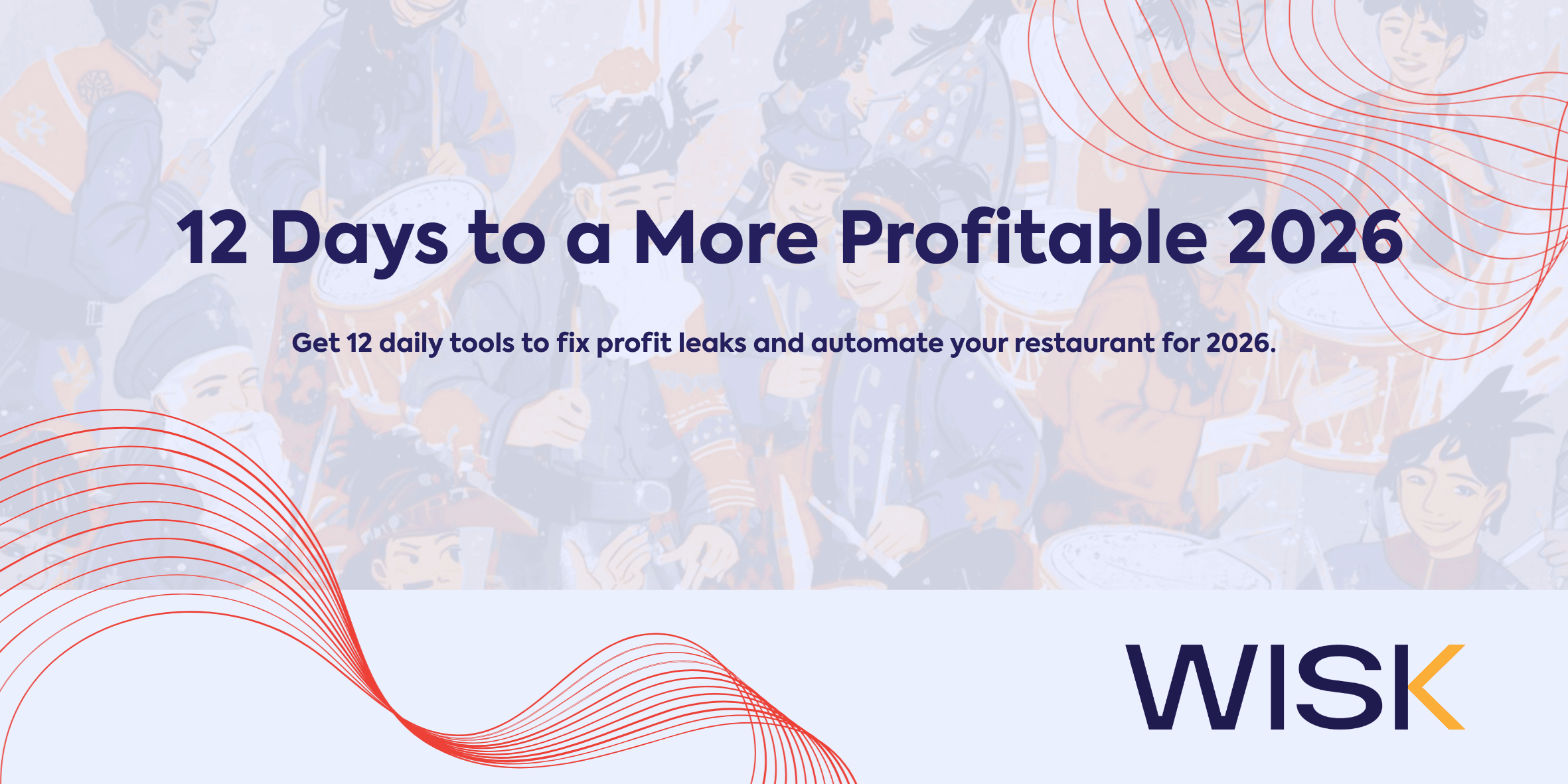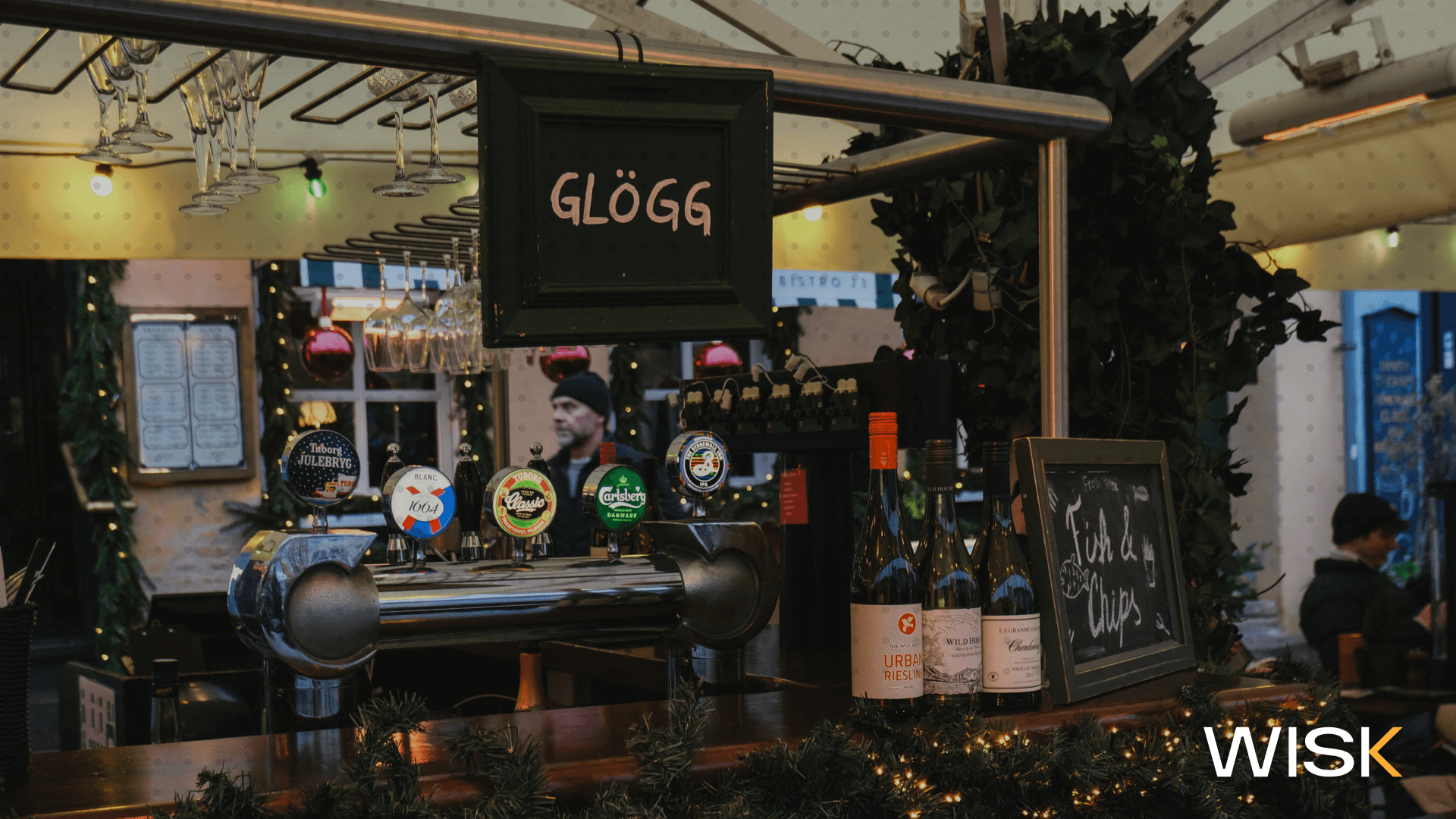
1. How a Recipe Costing Calculator Can Benefit Your Restaurant
Running a successful restaurant involves much more than just cooking delicious meals; food businesses need to deeply understand their financials. This is where a recipe cost calculator helps restaurant operators. Leveraging technology to track and analyze recipe costs, you can calculate the total cost of ingredients and make data-driven decisions that manage overall costs, leading to significant savings for your establishment.
One of the key benefits of using a recipe cost calculator is calculating the true cost of each dish. Many restaurant operators underestimate the actual expenses, leading to lower profit margins. This tool allows you to break down the quantity and cost of every ingredient, even using measurement converters, ensuring that you price your dishes correctly, covering all expenses and increasing your menu price profitably.
A recipe cost calculator also lets you manage scenario analysis to see how price changes or portion sizes impact your bottom line. Running different cost scenarios helps reduce costs without affecting quality. This proactive approach keeps your restaurant competitive, improving food cost percentage and long-term financial sustainability.
Beyond cost analysis, the tool helps you monitor ingredient usage and calculate costs to minimize waste. Optimizing inventory through accurate data helps reduce unnecessary expenses and spoilage, boosting efficiency. Ultimately, calculating recipe costs allows you to make strategic decisions to help manage your profit margin.
Additionally, a recipe cost calculator simplifies menu planning. Accessing centralized recipe data from mobile devices allows you to quickly assess how introducing or adjusting dishes affects total costs. This transparency lets you manage menu changes creatively without risking your budget.
2. Streamlining Food Costs
When it comes to ingredient costs, small variations can have a significant impact on your bottom line. A recipe cost calculator helps you identify cost-saving opportunities by highlighting areas where you can substitute ingredients, adjust portion sizes, or source more affordable alternatives. These incremental changes, guided by data-driven insights, can add up to substantial savings over time.
Moreover, by analyzing ingredient costs across all menu items, you can identify trends in price fluctuations and seasonal variations. This information allows you to plan your menu cycles strategically, leveraging cost-effective ingredients when prices are low and adjusting your offerings during periods of price spikes. By staying ahead of market trends, you can optimize your ingredient costs and maintain profitability.
Another advantage of streamlining ingredient costs through a recipe cost calculator is the ability to negotiate better deals with suppliers. Armed with accurate cost data and usage forecasts, you can enter into more informed discussions with your vendors, securing favorable pricing agreements and favorable contract terms. This not only reduces your immediate ingredient costs but also establishes long-term cost stability for your restaurant.
3. Optimizing Menu Pricing Strategies
Effective menu pricing is a delicate balance between covering costs, meeting customer expectations, and maximizing profits. A recipe cost calculator helps determine menu prices that reflect the true value of your dishes while ensuring profitability. Understanding the cost composition of each recipe allows restaurants to price them competitively without undercharging or overpricing.
Analyzing the relationship between ingredient prices, purchase price, and sales volume helps identify high-margin items that deserve more prominence on your menu. Optimizing your menu mix helps drive revenue growth and improve overall profitability. Additionally, using methods like bundling, upselling, or creating premium options can cater to different customer segments, helping to sell more servings and boost sales.
Simply add helpful units to store ingredient costs, determine recipe prices, and pay close attention to pricing strategies to ensure profitability.
4. Identifying Costly Culinary Trends to Avoid
The culinary world is constantly evolving, with new trends and fads emerging regularly. While it's essential to stay innovative and adapt to consumer preferences, not all trends are financially viable for your restaurant. A recipe cost calculator helps you evaluate the profitability of jumping on the latest culinary bandwagon by analyzing the cost implications of new ingredients, techniques, or menu concepts.
By conducting cost projections and comparing them against expected returns, you can avoid costly culinary trends that might drain your resources without generating sufficient revenue. This proactive approach to trend analysis enables you to focus on innovations that align with your brand identity and financial goals, ensuring that every menu addition contributes positively to your bottom line.
5. Enhancing Inventory Management Practices
Effective inventory management is essential for running a profitable restaurant. A recipe cost calculator helps you prepare and optimize inventory levels, prevent stockouts, and minimize excess inventory. Monitoring ingredient usage patterns and setting reorder points based on consumption data allow you to create an efficient supply chain that reduces storage costs and waste. Using this method, you can accurately track the quantity of ingredients and update your stock with the correct date, ensuring your kitchen is always prepared.
A fine example of an excellent inventory management application is WISK. WISK is an inventory management software that has a recipe cost calculator that will make your replenishment processes easier and more efficient. This integration allows you to automate ordering workflows and maintain the right quantity of ingredients, ensuring you never face stockouts or overstocking. With WISK, you can streamline inventory control, reduce carrying costs, and improve cash flow. Its step-by-step instructions help you create a smooth method that supports your restaurant's overall financial health and enhances daily operations.

6. Monitoring Food Waste and Minimizing Losses
Food waste not only impacts your bottom line but also raises environmental concerns. A recipe cost calculator helps you track ingredient usage, identify overproduction patterns, and pinpoint areas of waste in your kitchen operations. By quantifying food waste and analyzing its root causes, you can implement targeted strategies to minimize losses and operate more sustainably.
Additionally, by correlating food waste data with cost information, you can understand the financial implications of waste at both the ingredient and menu levels. This insight allows you to implement portion control measures, adjust recipes to reduce excesses, and educate your staff on waste reduction best practices. The result is a more efficient kitchen operation that preserves your profits while demonstrating your commitment to sustainability.
7. Increasing Profit Margins Through Cost Analysis
Boosting profit margins is a top priority for any restaurant owner, and a recipe cost calculator is a powerful tool in achieving this goal. By conducting detailed cost analysis for each menu item, you can identify opportunities to reduce costs, increase prices strategically, or promote high-margin dishes. These insights enable you to fine-tune your menu offerings for maximum profitability.
Furthermore, cost analysis allows you to evaluate the performance of individual menu items and make data-driven decisions regarding their inclusion or exclusion from your menu. By focusing on high-profit items and eliminating underperforming ones, you can optimize your menu mix and drive revenue growth. Constantly monitoring and adjusting your menu based on cost analysis results in a dynamic and profitable food selection.
8. Improving Recipe Standardization for Consistency and Efficiency
Maintaining consistency in your dishes is key to building customer trust and loyalty. A recipe cost calculator facilitates recipe standardization by providing accurate measurements, portion control guidelines, and ingredient lists for each menu item. Standardized recipes not only ensure consistent quality but also streamline kitchen operations, reducing the risk of errors and improving overall efficiency.
Moreover, standardized recipes empower your kitchen staff to replicate dishes accurately, regardless of who is preparing them. This continuity in preparation methods and ingredient quantities guarantees that every customer receives the same high-quality dining experience, reinforcing your restaurant's brand reputation. By investing in recipe standardization, you invest in customer satisfaction and long-term success.
9. Tracking Supplier Performance and Negotiating Better Deals
Establishing strong relationships with your suppliers is essential for securing quality ingredients at competitive prices. A recipe cost calculator helps you track supplier performance by analyzing delivery times, pricing consistency, and product quality. This data-driven approach allows you to identify reliable suppliers, detect any deviations from agreed terms, and negotiate better deals that benefit your bottom line.
Furthermore, by comparing cost data across different suppliers, you can leverage market competition to your advantage and secure the best possible prices for your ingredients. The ability to switch between suppliers based on cost and quality considerations ensures that you always have access to the freshest ingredients at the most favorable terms. By actively monitoring supplier performance, you can maintain cost efficiency and quality standards.
10. Enhancing Overall Profitability and Sustainability
Profitability and sustainability of your restaurant depend on managing both food and labor costs efficiently. A recipe cost calculator helps you account for every ingredient, allowing you to calculate the overall cost of each dish accurately. It also serves as a powerful tool to track food costs and food cost percentage, ensuring you're pricing items to cover expenses and maintain a healthy profit margin.
Instead of relying on Excel spreadsheets, which can be time-consuming, a recipe cost calculator simplifies the process and factors in both average ingredient costs and labor costs. This streamlined approach enables you to better manage your resources and improve overall profitability, contributing to long-term sustainability.
Conclusion
In essence, a recipe cost calculator is a powerful software that supports your restaurant's financial health and operational efficiency. It helps you manage inventory, reduce waste, increase profit margins, standardize recipes, track supplier performance, and enhance overall profitability and sustainability. By investing in this tool, you not only optimize your costs but also demonstrate your commitment to providing high-quality meals while minimizing environmental impact.
Stay ahead of the competition by leveraging technology to make smarter business decisions and drive long-term success for your restaurant. So why wait? Try WISK today and see the difference it can make for your business! Sign up now to start revolutionizing your kitchen operations.




